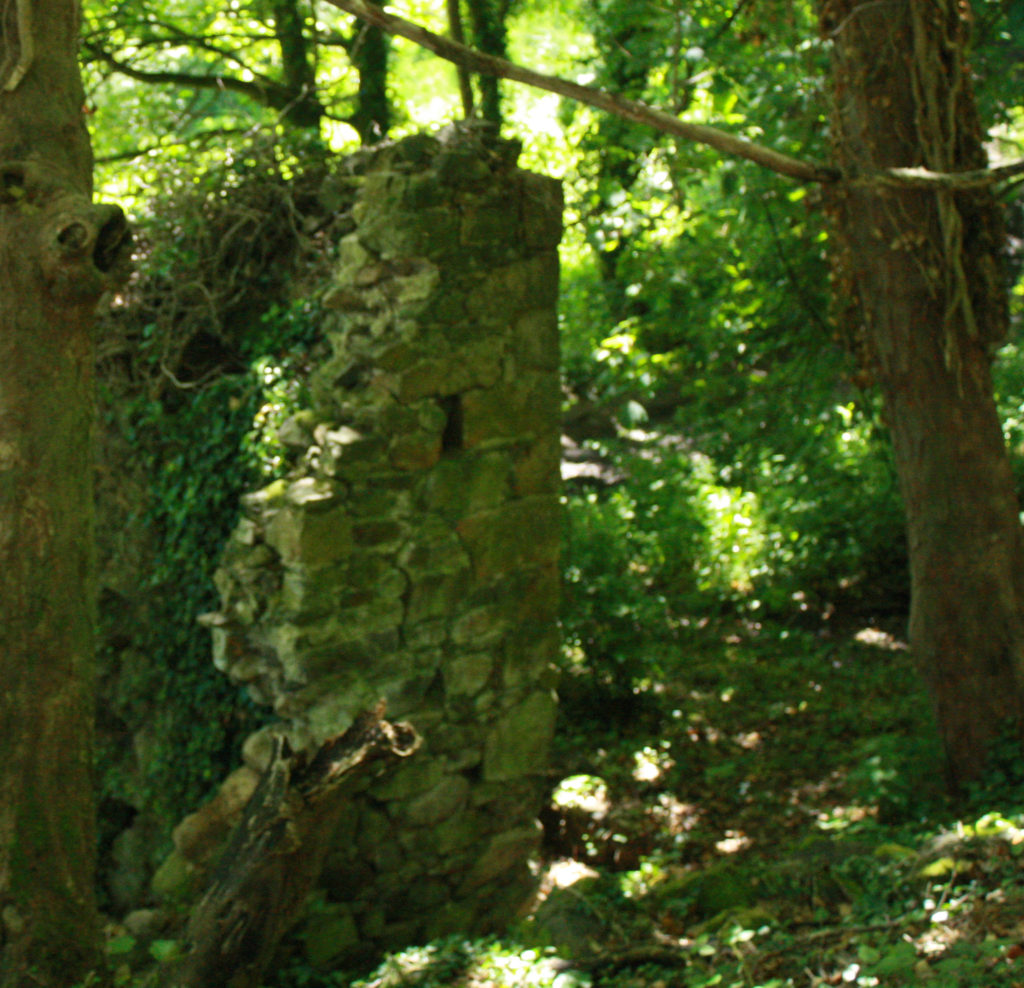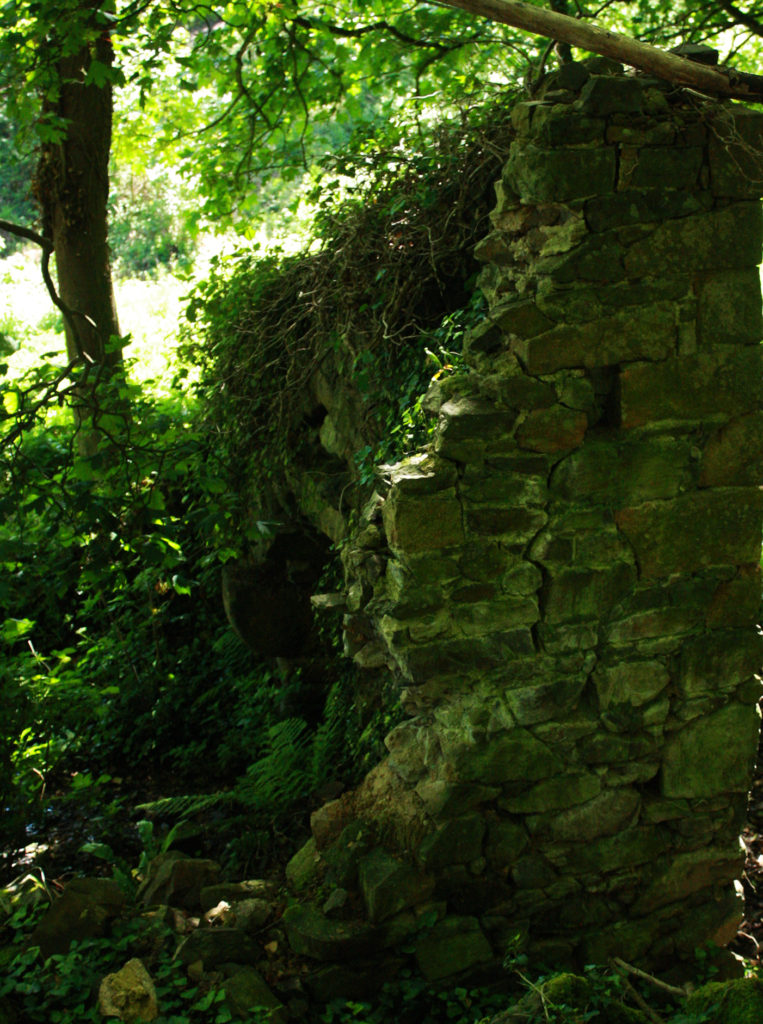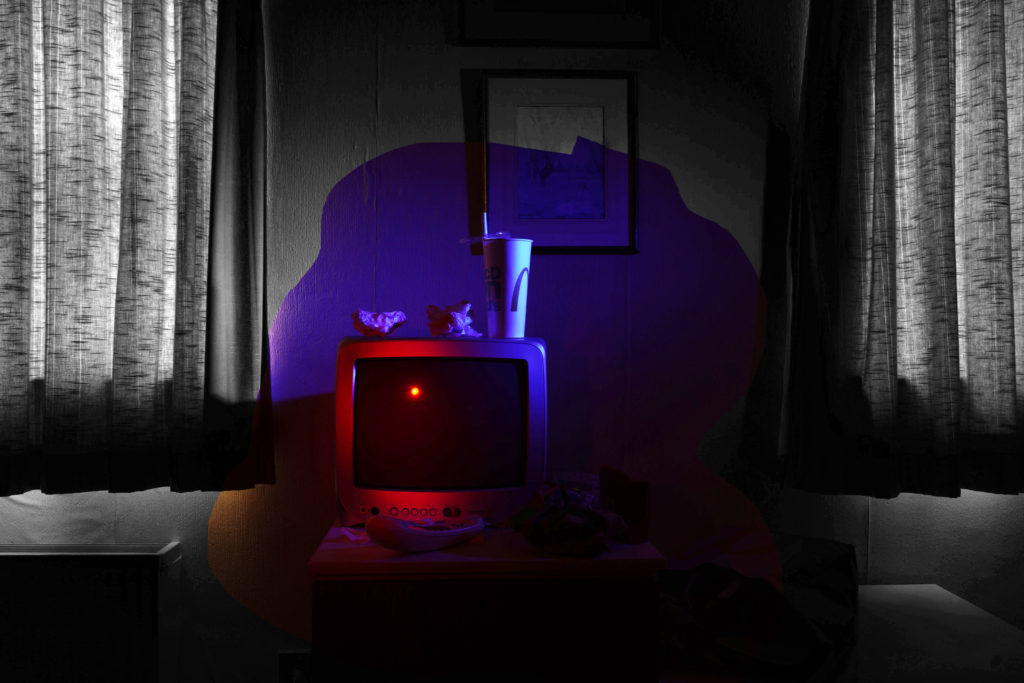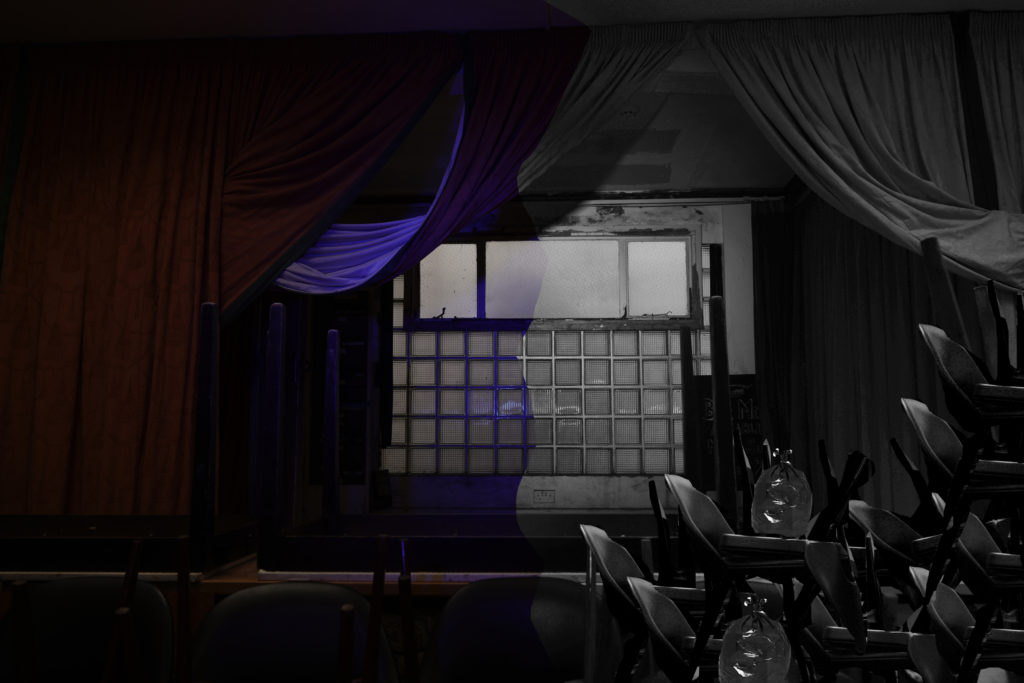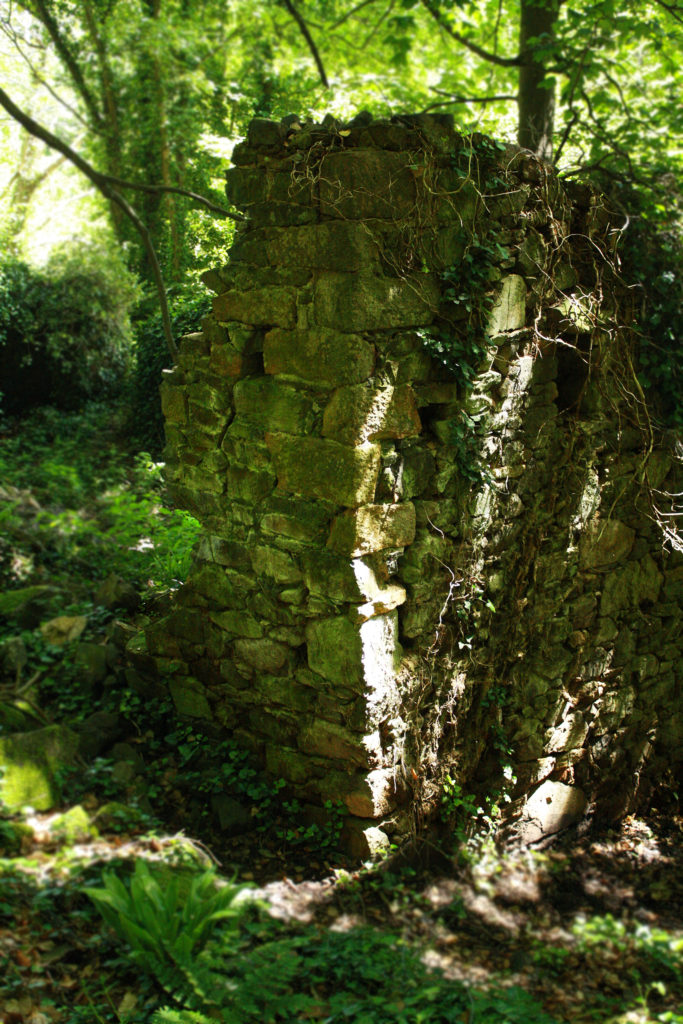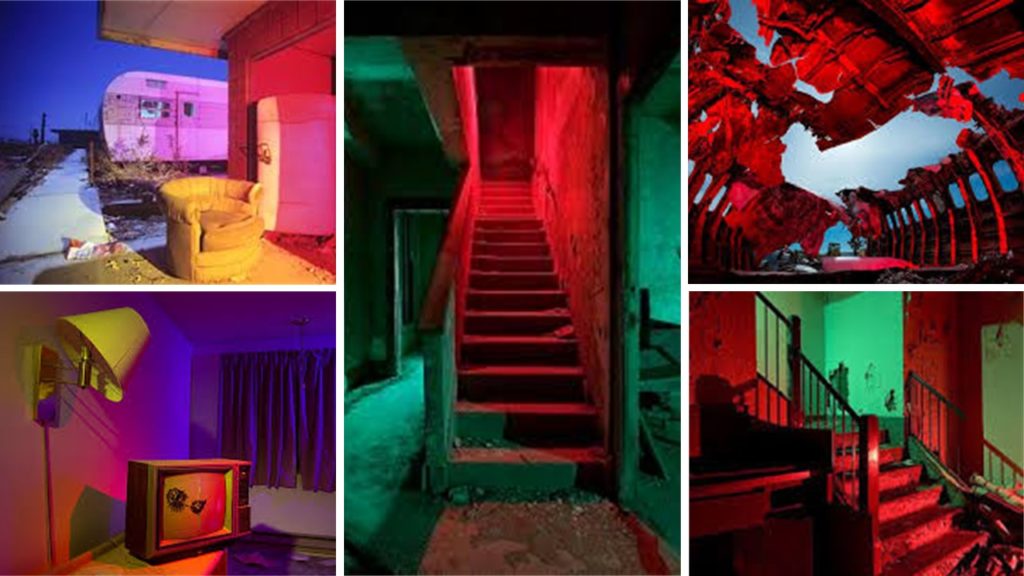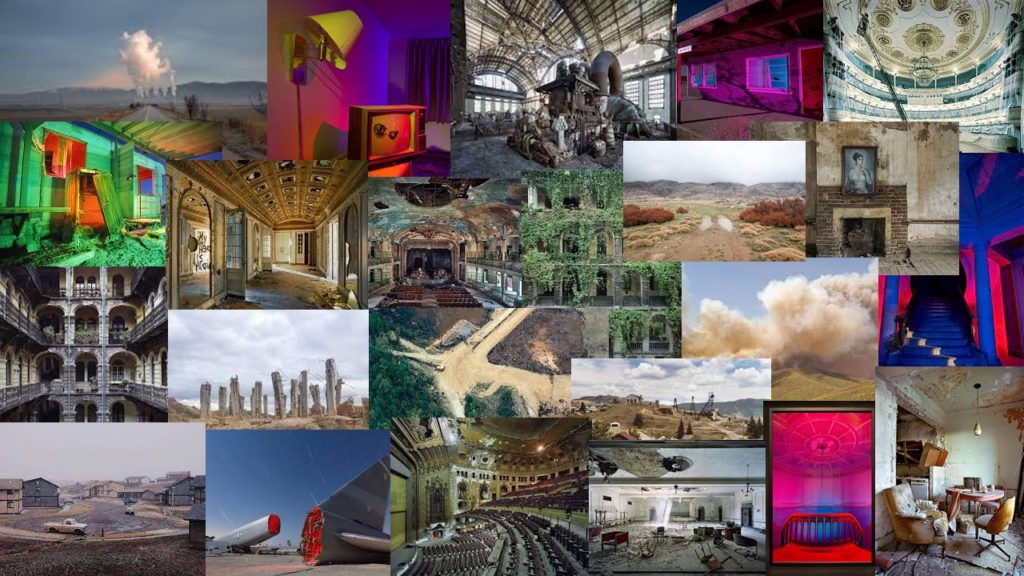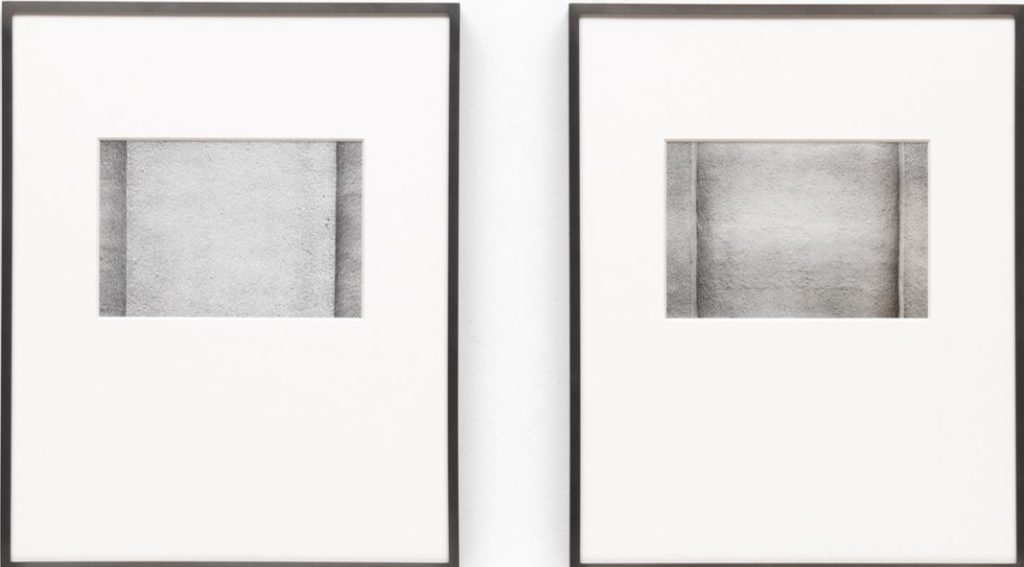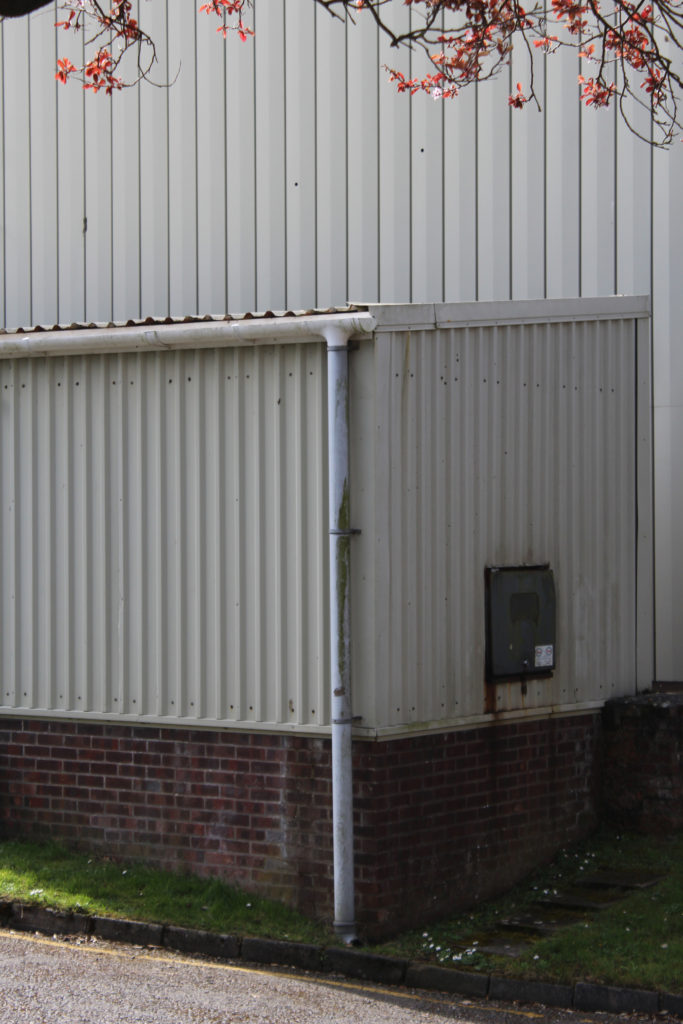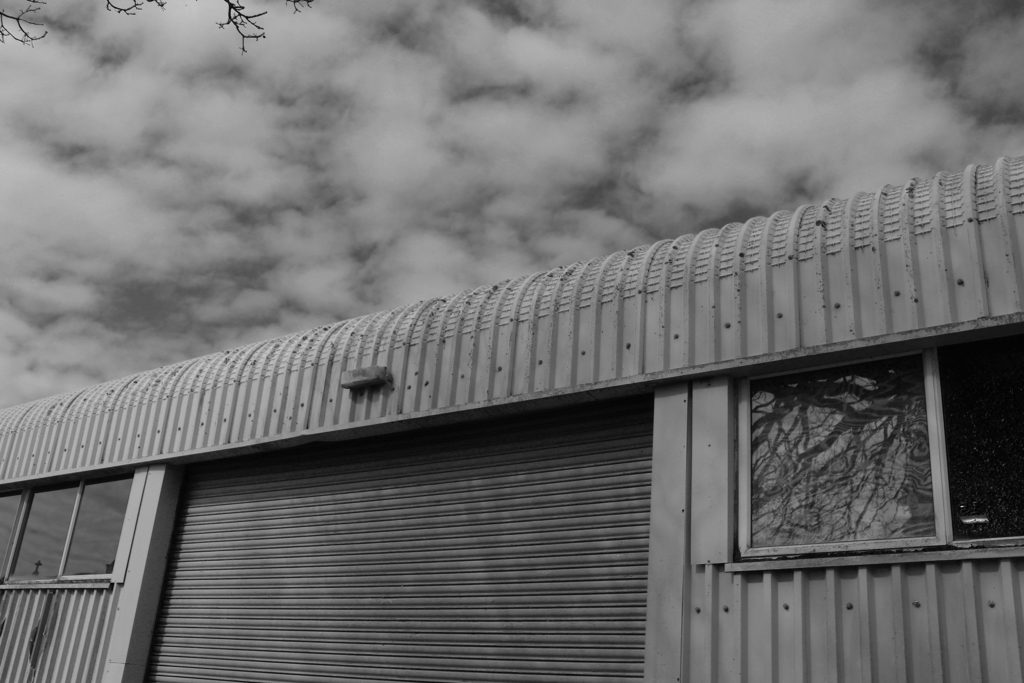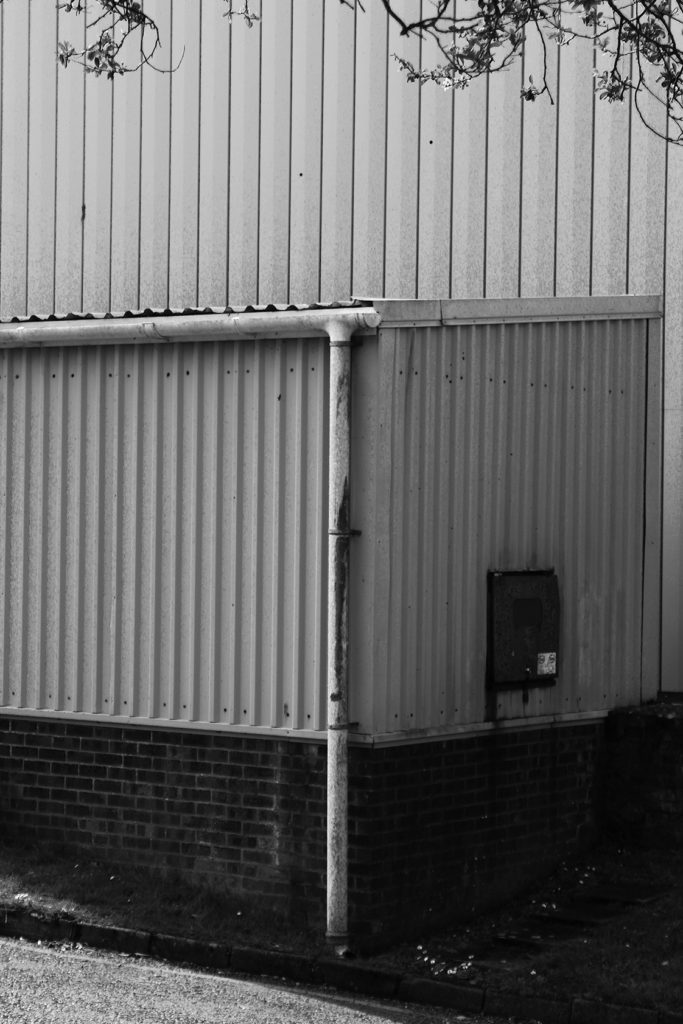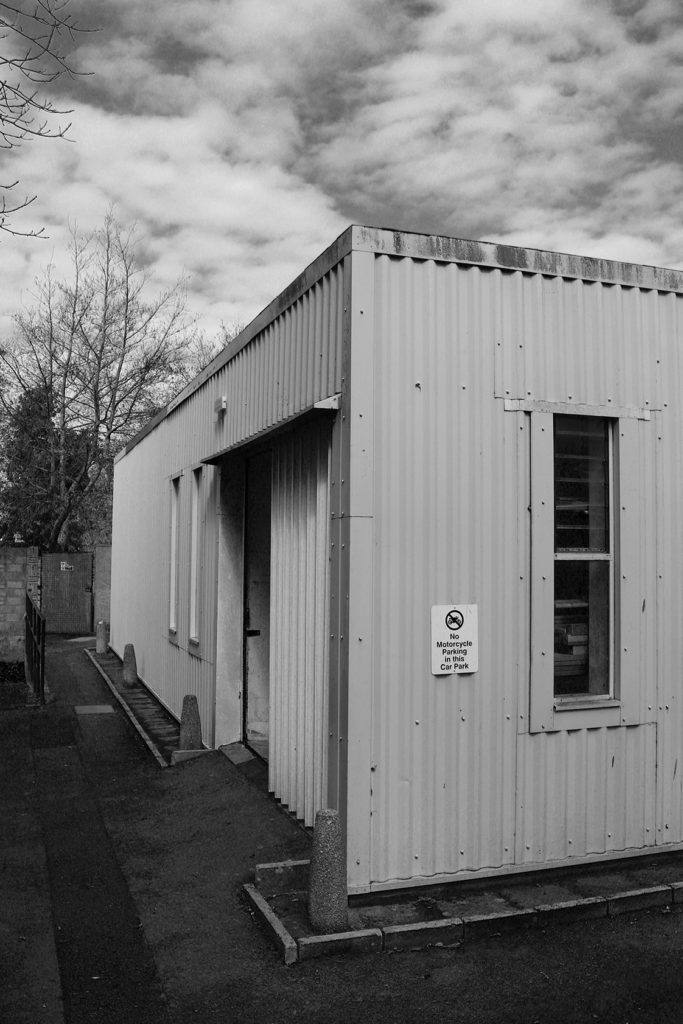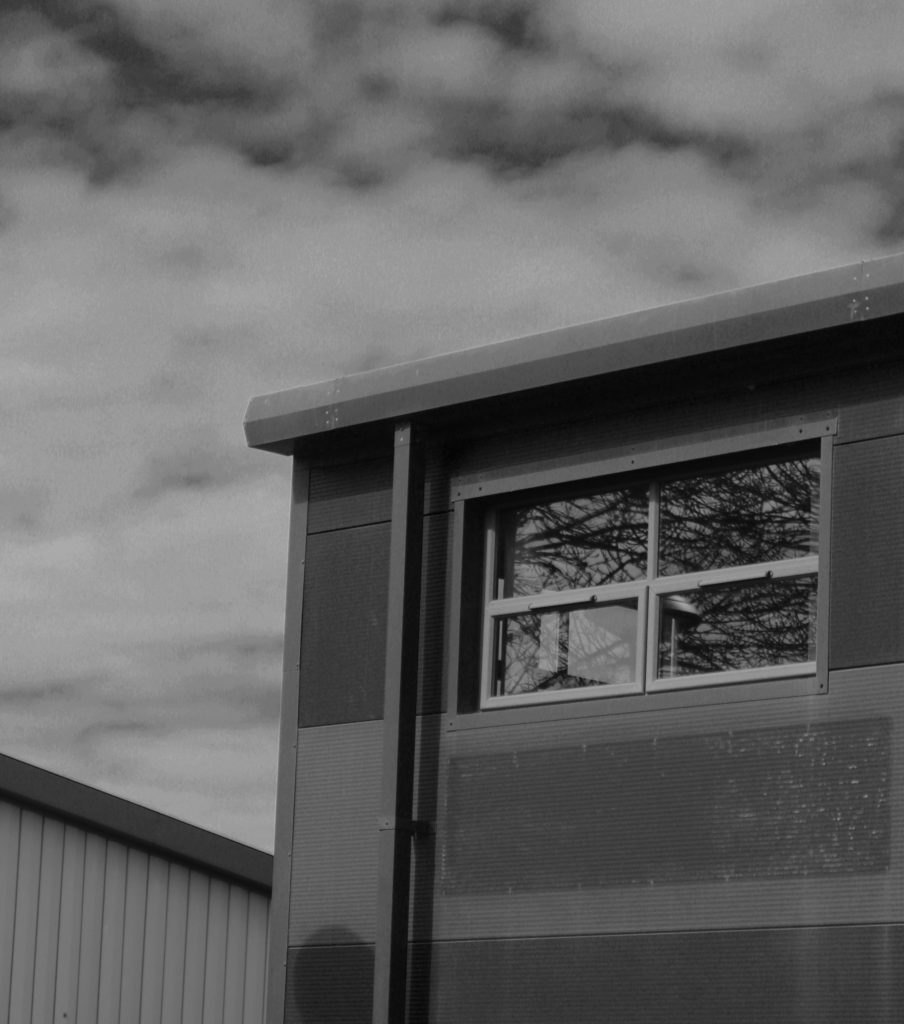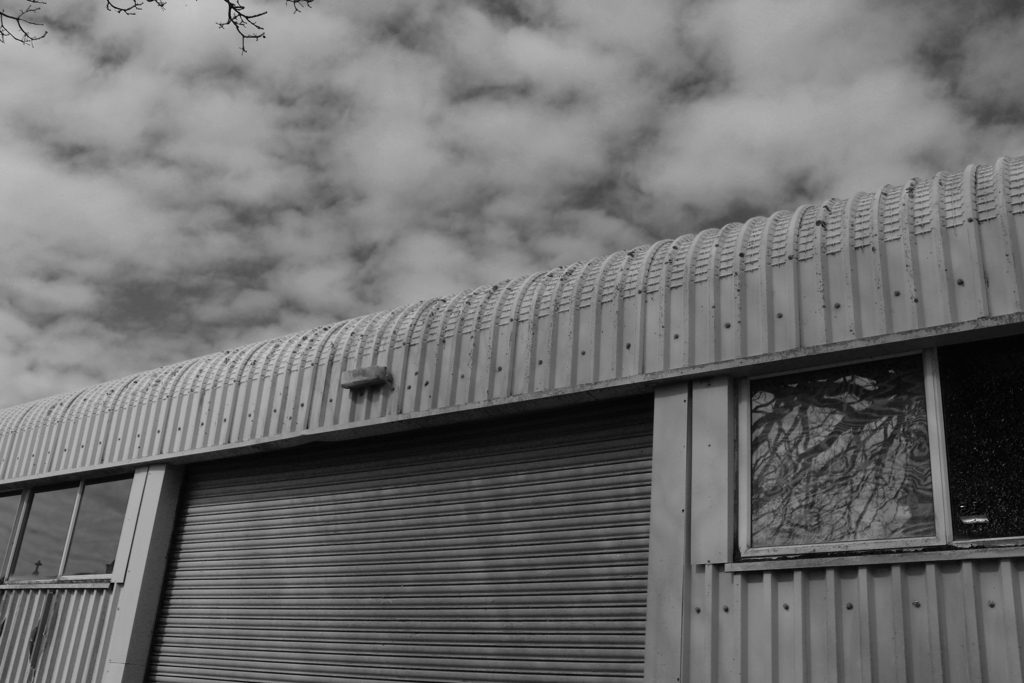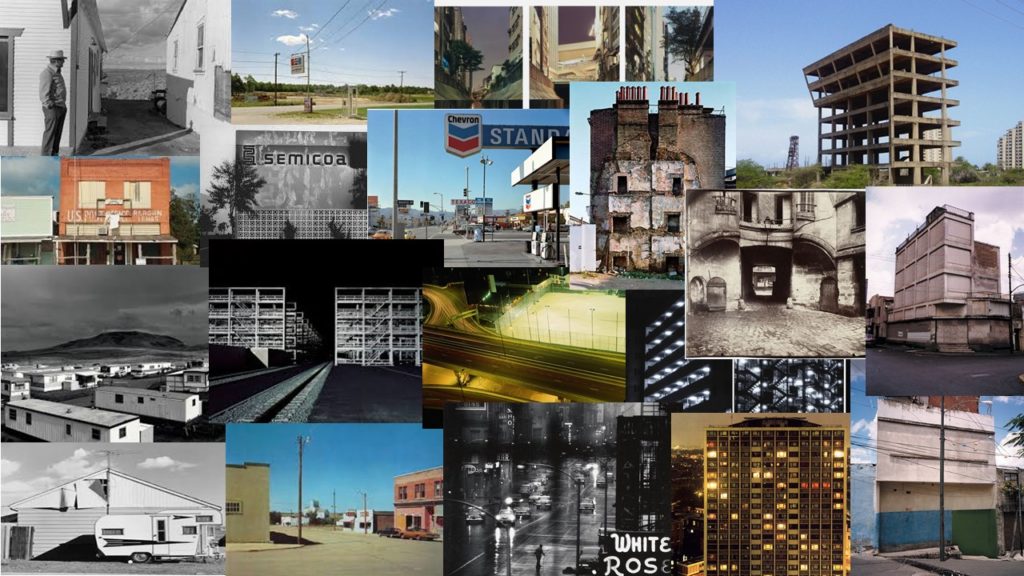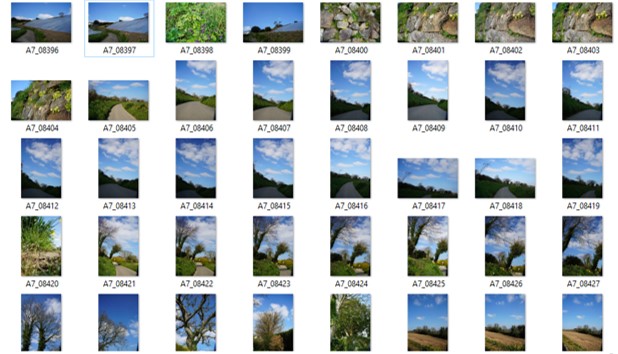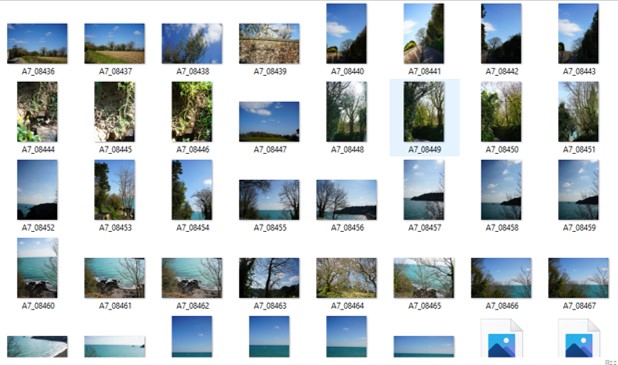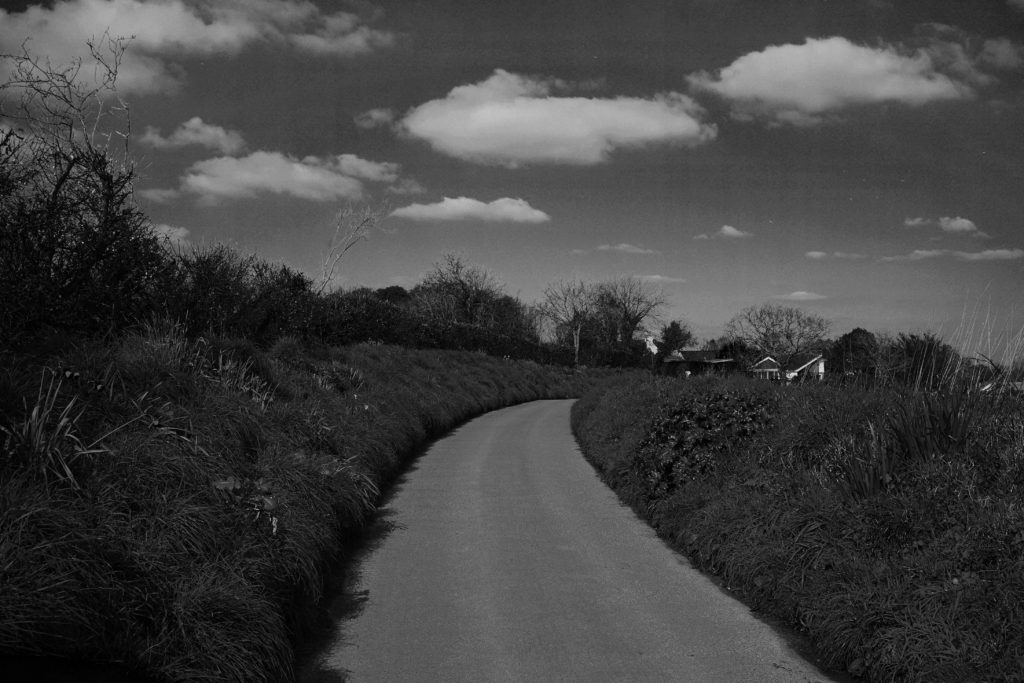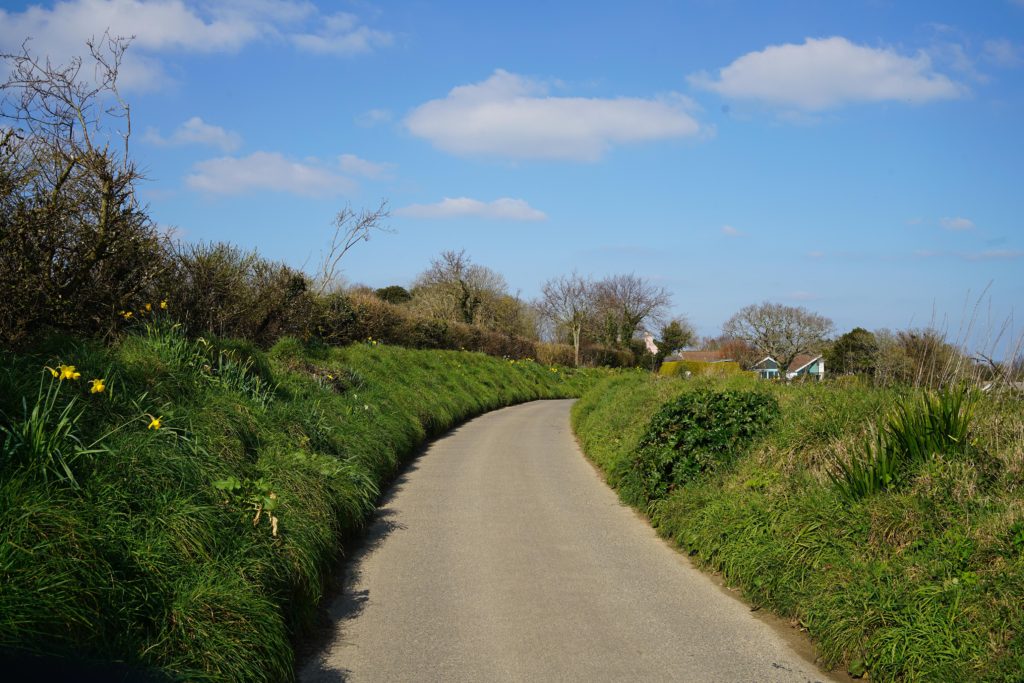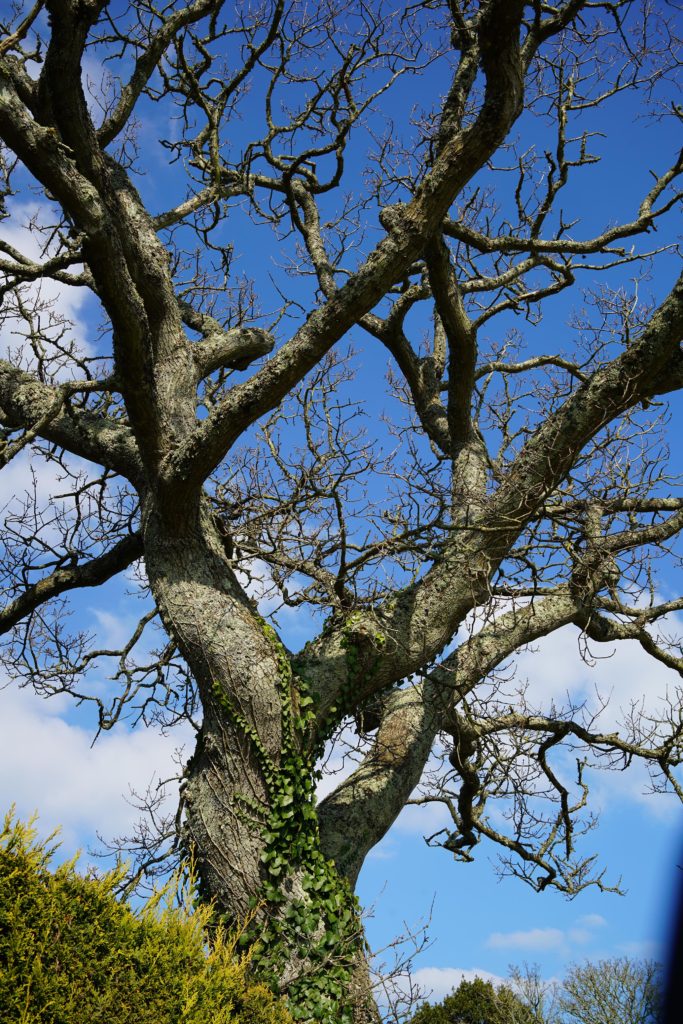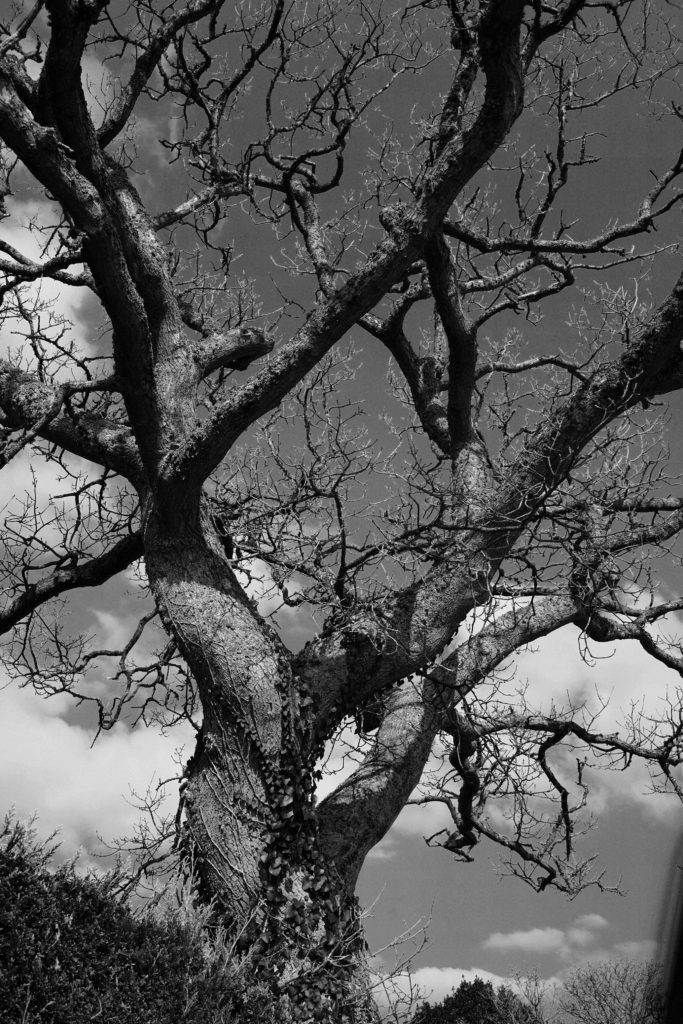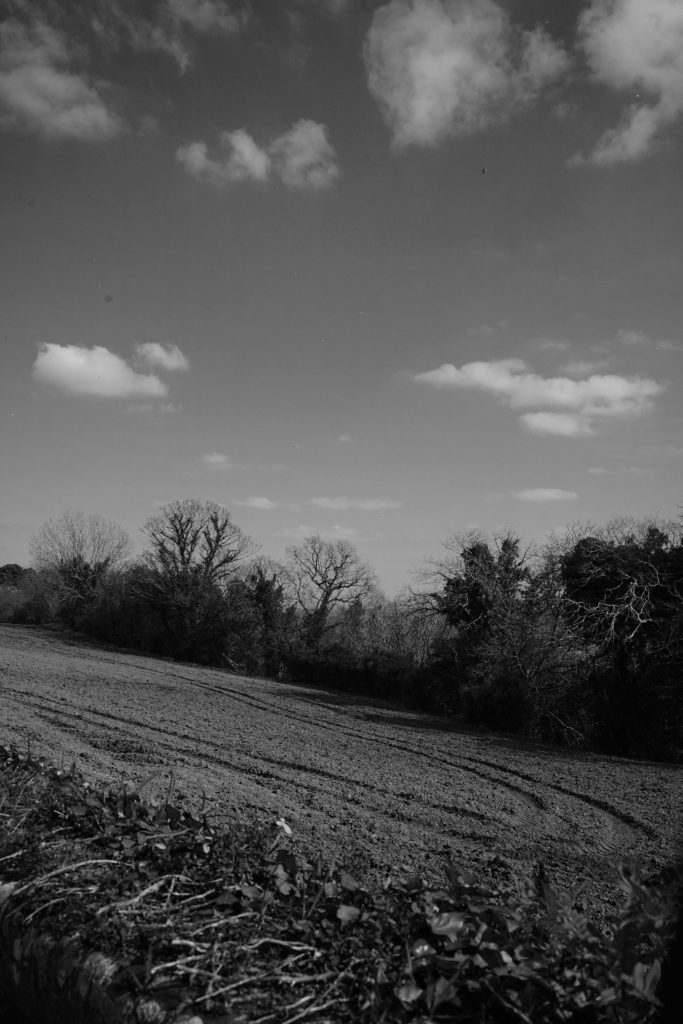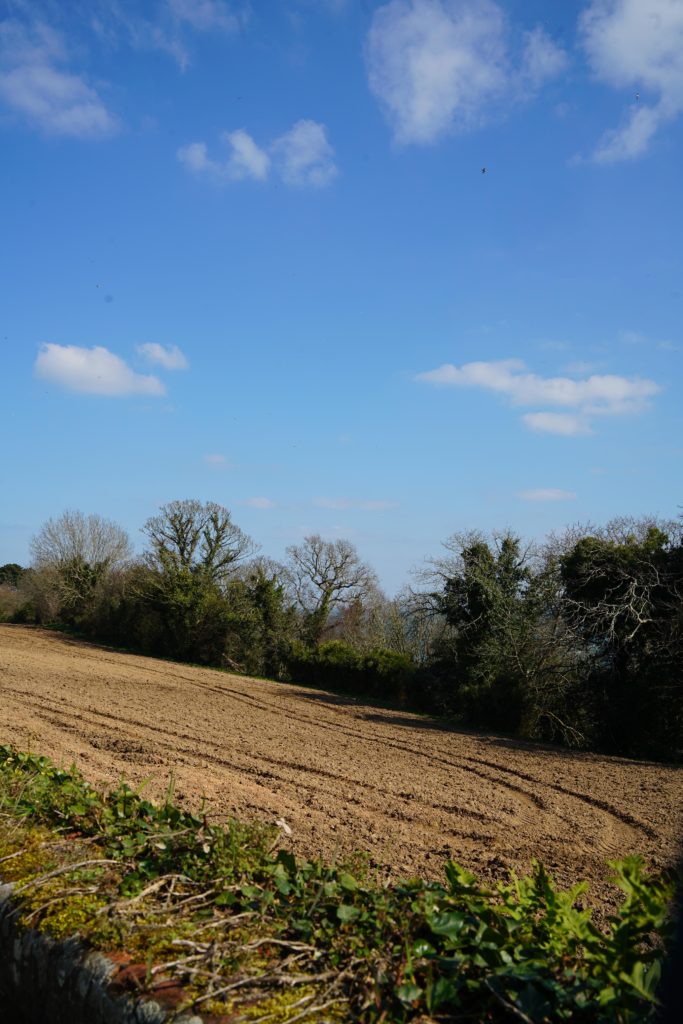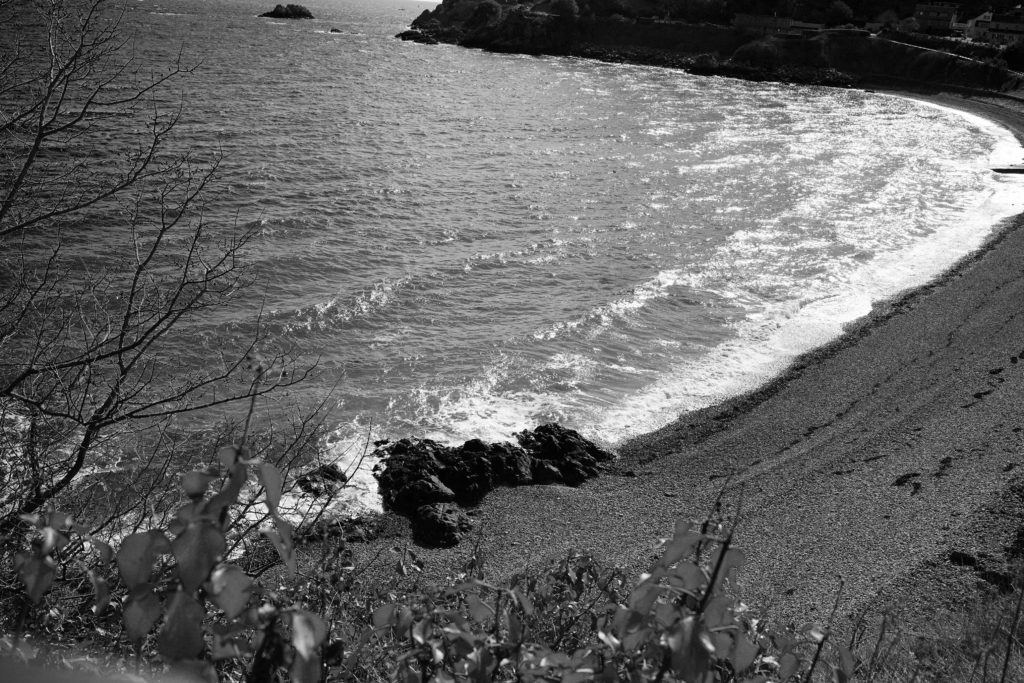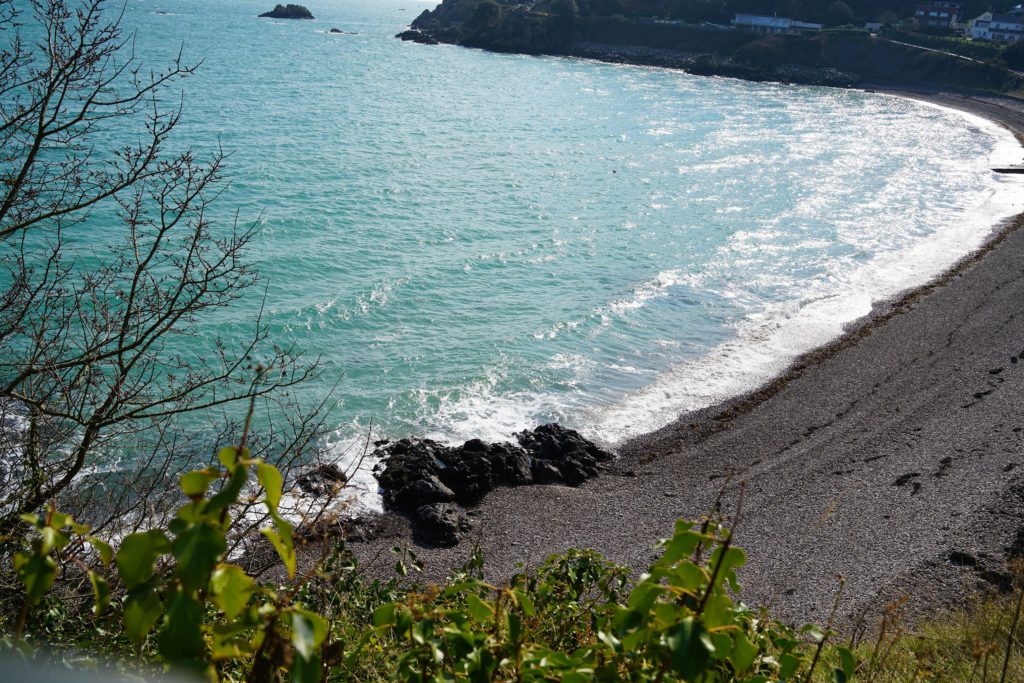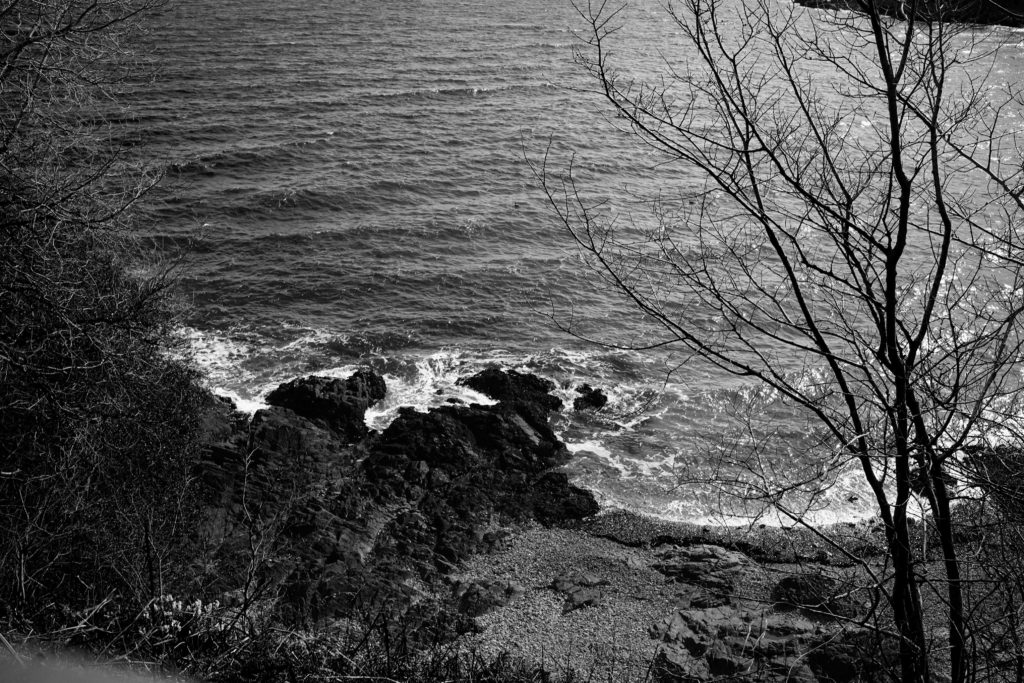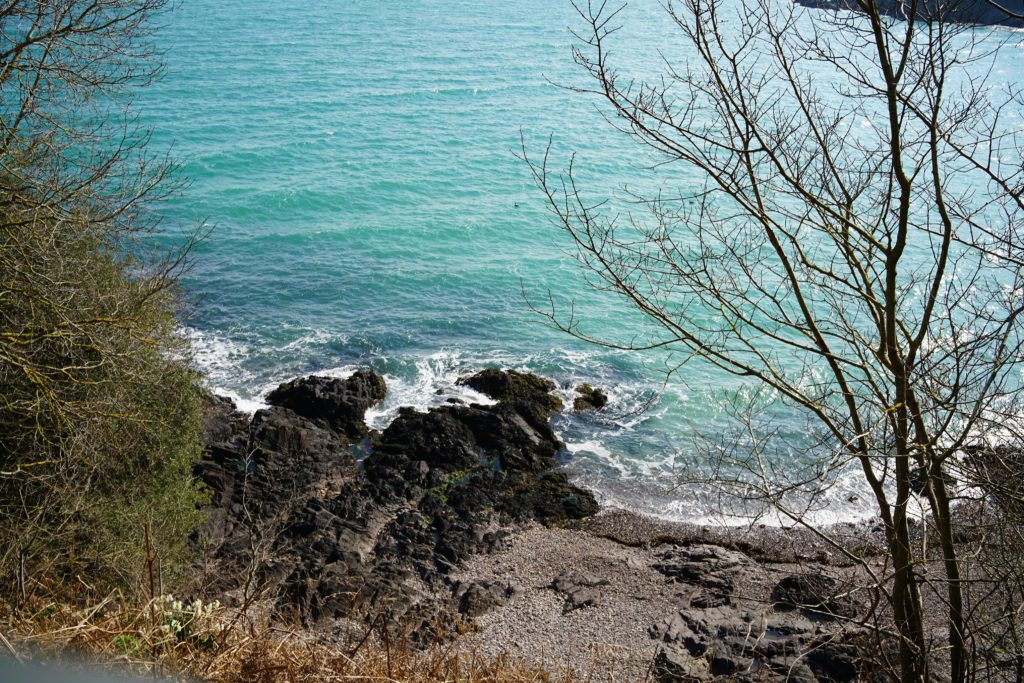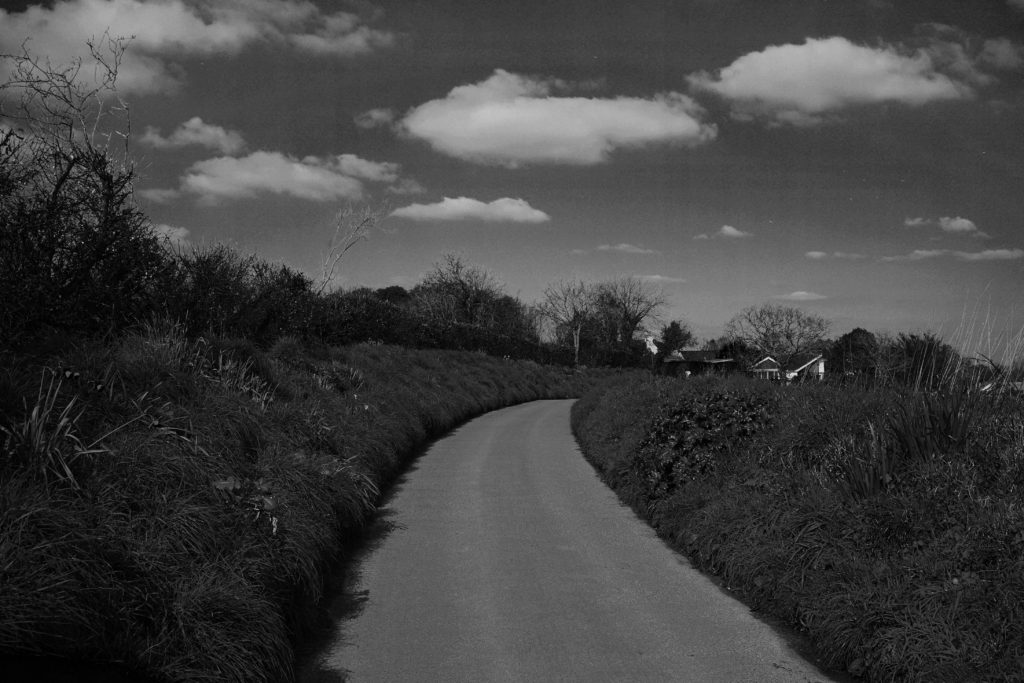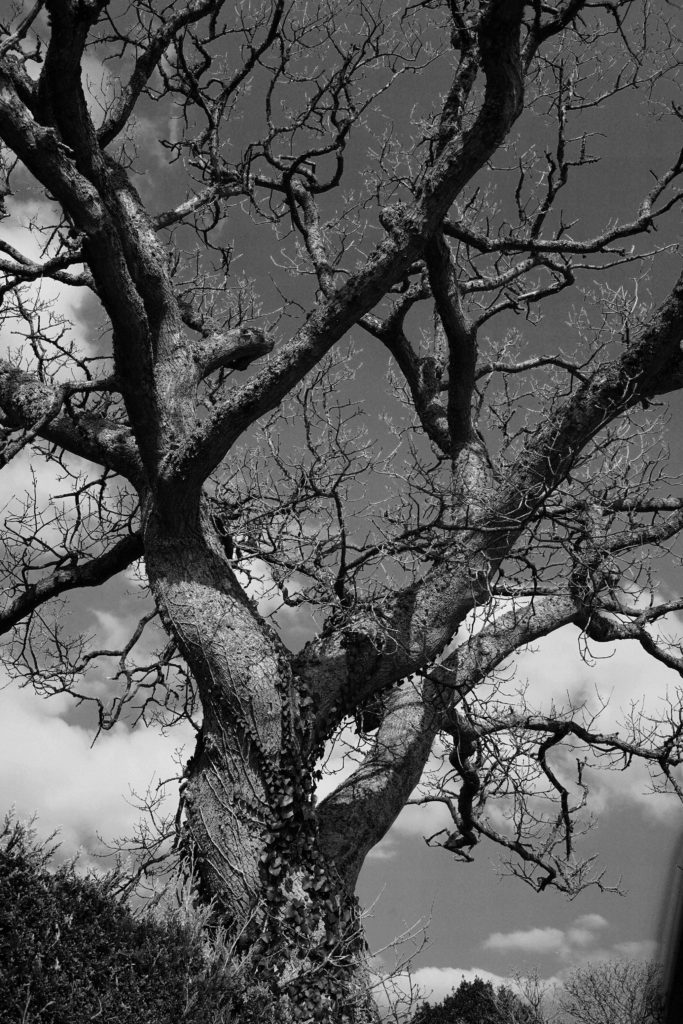Plan
What: This shoot represents the view of abandoned places how they are merge with nature, and how nature can always find the way to fight and continue growing .
When: I decided to do the shoot in the middle of the day to full appreciate nature in all its glory.
Why: As in my last shoot, Im trying to make aware of the damage we are doing to the planet and especially show how nature is wise and we dont know how to respect it.
Contact Sheets

First Selection
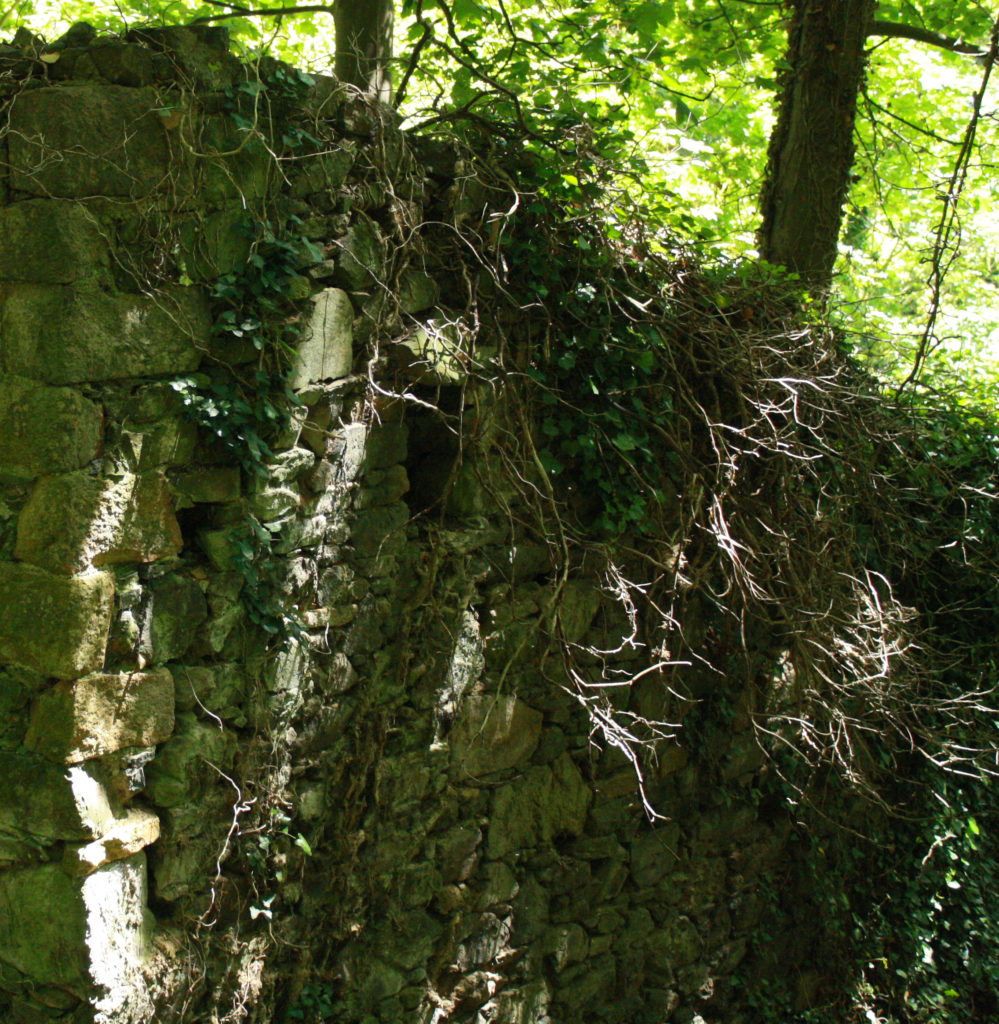
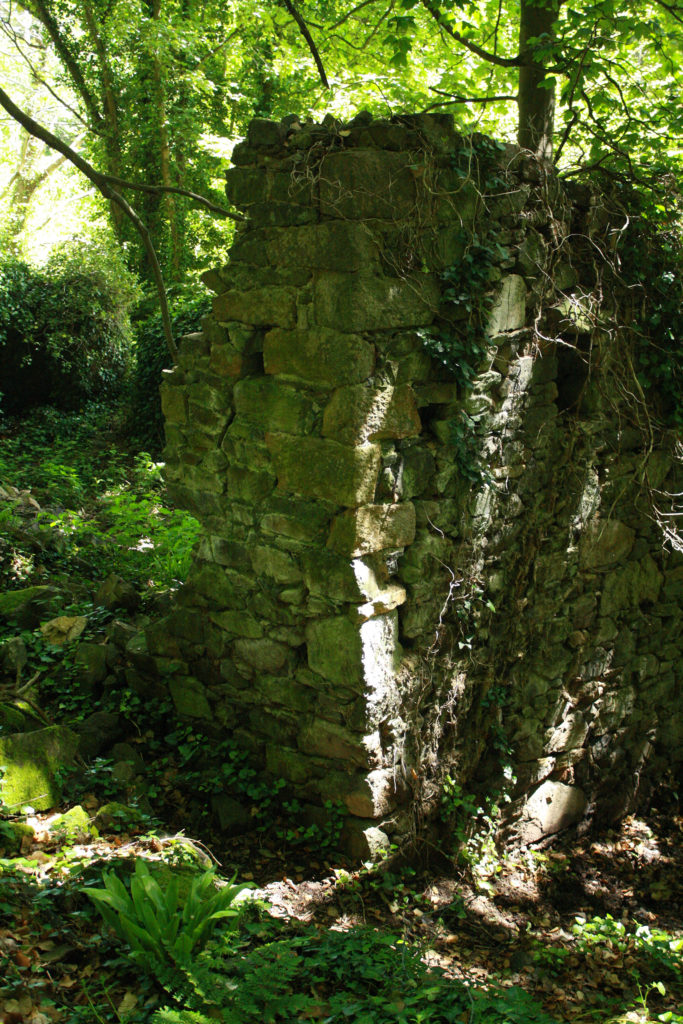
Comparison

Yves Marchand & Romain Meffre 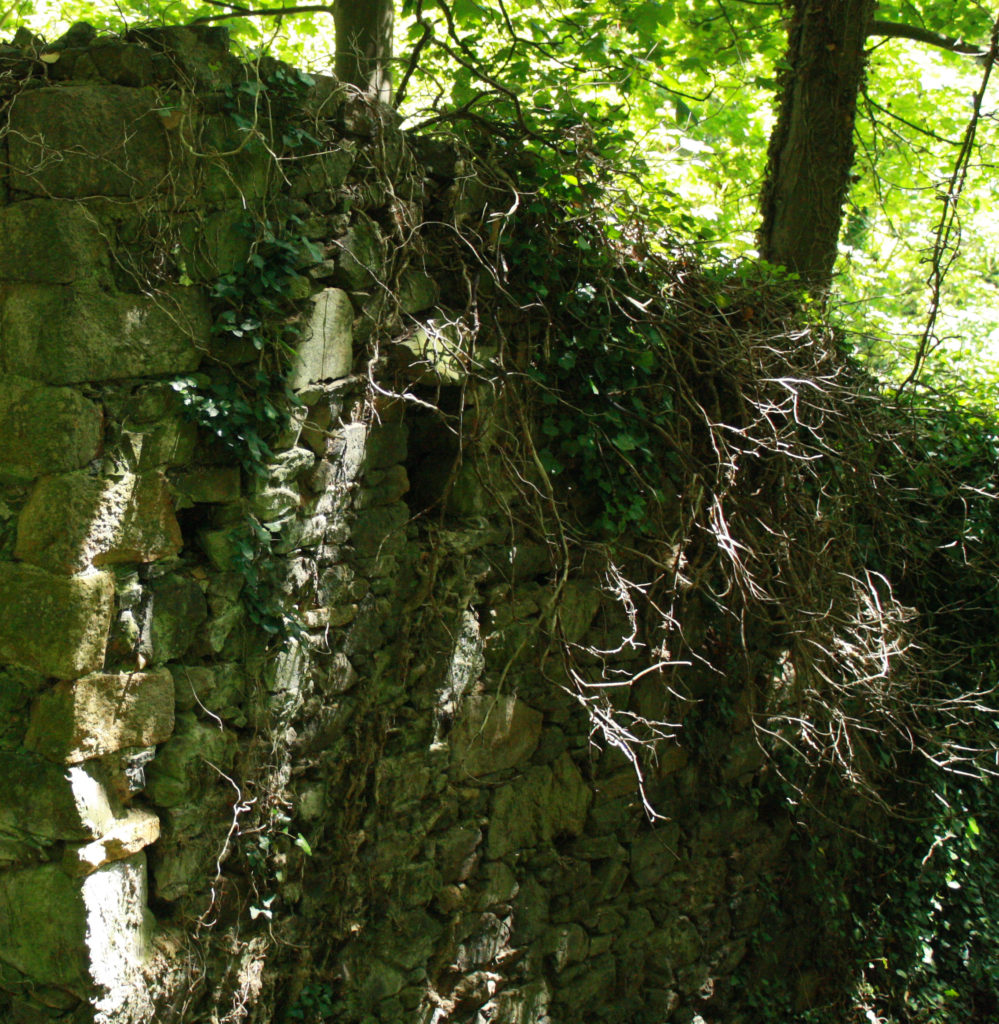
Carmen Kirchner
Both of the images are taken from the outside so there’s use of natural lights, the light is soft. The main thing on the two images are the buildings covered in green, the nature that continues to grow on these buildings. The shapes are not the same, Yves Marchand & Romain Meffre have geometric shapes on their image since the building is a repetitive pattern of rectangles mine on the other hand there more organic shapes since the rocks on the building are curvy. However in my picture, the contrast between the lights and the shadow on the building create straight edged so geometric shapes. In Yves Marchand & Romain Meffre’s image we can see shade in the building which creates depth and creates more space. There’s also negative space above the building since the photographers decided to take picture of the sky as well on the contrary of my picture in which we do not find a lot of negative space. On both of the images we can find to types of texture one soft (plants) and the other as strong as a rock we can recognize these textures by the soft lines on the plants while the buildings and the stones have stronger lines. The colour pallets are roughly the same we find grey, different types of green, blue, brown, yellow…

